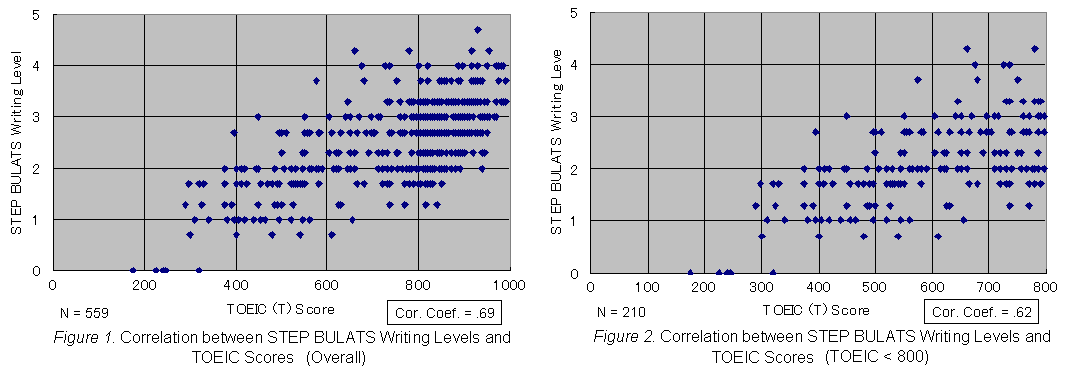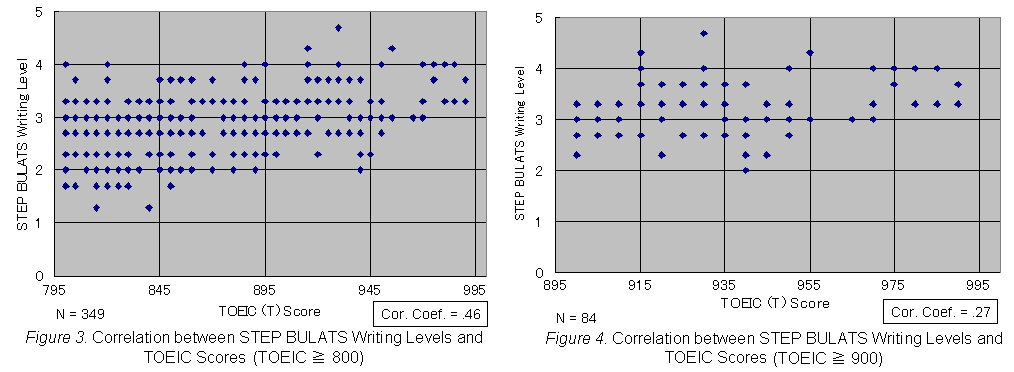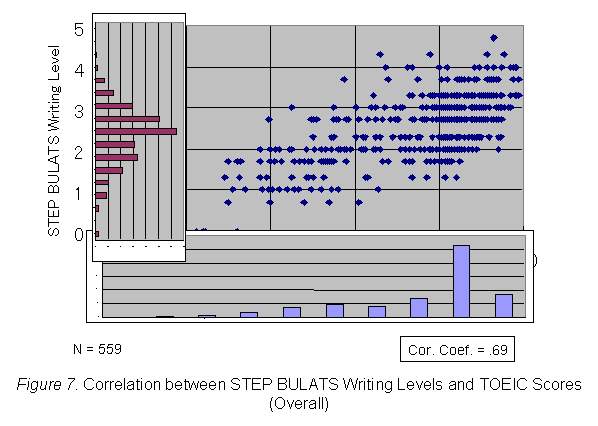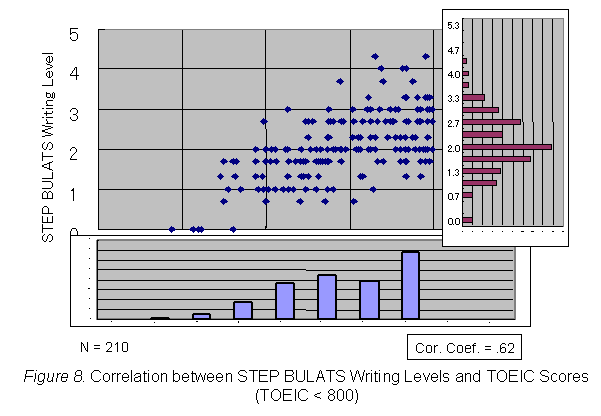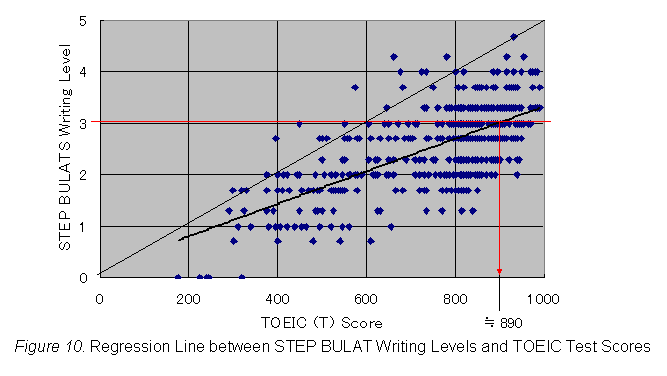May. 10 - 11, 2008. Kyoto, Japan: Doshisha University Shinmachi Campus. (pp. 36 - 46)
Correlation between STEP BULATS writing and TOEIC® scoresby Michihiro Hirai (Kanagawa University) |
| Abstract |
|
The author analyzed the results of STEP BULATS Writing Tests administered to a group of 559 Japanese (predominantly businesspeople) from September 2004 to December 2007 and found the correlation coefficient between their scores and the TOEIC scores to be .69 for the entire score range. The correlation coefficient for the upper end of the range (TOEIC ≧ 800) was .46, and it is noteworthy that 50.4% of the 349 test-takers in this range failed to exhibit the business English writing skills expected of competent international businesspeople as measured by the STEP BULATS. The author attributes this relatively low performance in the STEP BULATS Writing Test primarily to lack of exposure to business practice and vocabulary. Keywords: test score correlation, TOEIC, BULATS, business writing test, business writing skills 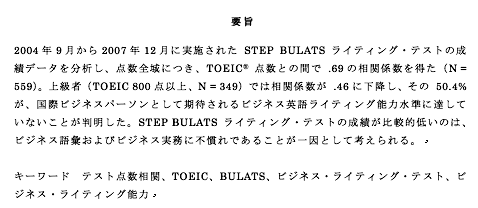 |
